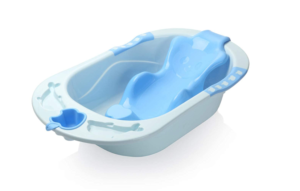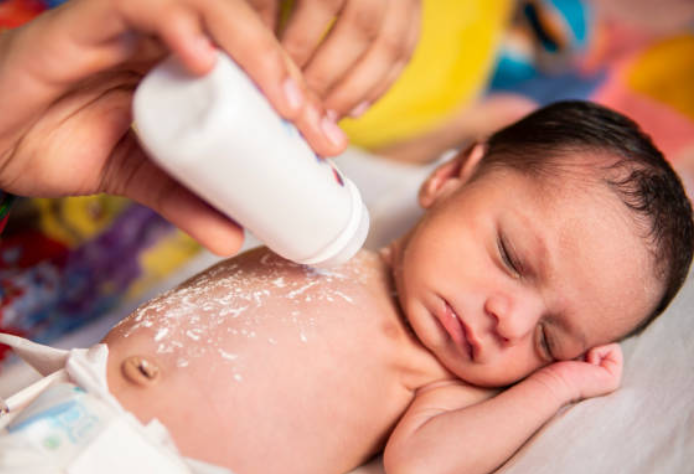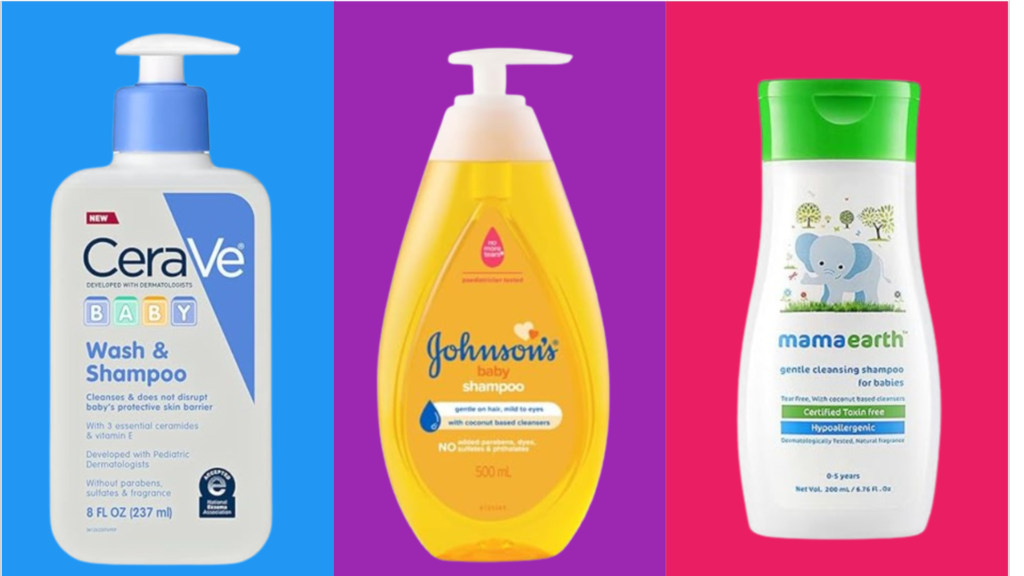Babies have perfect hearing. Many new parents are surprised to learn that soft baby skin is little more than a myth.
Here’s a complete guide to caring for your baby’s Bathing And Skin Care:

Nervous about giving your family a bath? Bathing a slippery baby may difficult at first, but with a little practice, you’ll get better at bathing. Learn baby shower etiquette
Proper bathing and skin care for your newborn
Newborn skin is soft and flexible. Proper skin care and bathing can maintain the health and texture of your baby’s skin and provide a great experience for you and your baby. Contrary to popular belief, most babies do not need to be bath every day.
Most babies should be bath three times a week during the first year of life, during diaper changes and cleaning the mouth and nose after feeding. Bathing can be done at any time of the day. Washing before feeding is very effective. Many parents like to bathe their babies at night as part of their bedtime routine.
This is especially good if bath time is a time to relax and comfort your baby. A sponge bath is required first. To prevent infection, babies should not be bathed until the stump of the umbilical cord falls off and the child is circumcised.
Is it better to bathe my baby in the morning or at night?
That’s up to you. Choose a time when you will not be rushed or interrupted. Some parents choose to give their baby a bath in the morning when they wake up. Some prefer to make bathing the baby part of the bedtime ritual. If you’re bathing your baby after a feed, consider waiting until your baby and tummy settle first.
What do I need to bathe my newborn?
- Cotton towel (optional)
- Baby shampoo and baby soap
- Towel (a hooded towel is optional)
- Clean diaper and clothing
- Thick towels or a sponge-type bath cushion
- Soft washcloths
- Basin or clean sink

How to give a sponge bath
Make sure the room is warm, without drafts. This means about 75°F (24°C).
Gather all equipment and supplies in advance.
Add warm water to a clean sink or basin (warm to the inside of your wrist or elbow).
Place baby on a bath cushion or thick towels on a surface that is comfortable for you.
Keep the baby covered with a towel or blanket.
Never take your hands off the baby, even for a moment. If you have forgotten something, wrap up the baby in a towel and take them with you.
Start with the baby’s face. Use a moistened, clean washcloth or cotton ball to wipe each eye, starting at the bridge of the nose, then wiping out to the corner of the eye.
Wash the rest of the baby’s face with a soft, moist washcloth without soap.
Clean the outside folds of the ears with a soft washcloth. Don’t insert a cotton swab into the baby’s ear canal because of the risk of damage to the eardrum.
Add a small amount of baby soap to the water or washcloth and gently bathe the rest of the baby from the neck down. Uncover only one area at a time. Rinse with a clean washcloth or a small cup of water. Be sure to avoid getting the umbilical cord stump wet.
Once the baby’s body is clean, you can wrap them in a warm towel before washing the hair.
Wash the baby’s head last with shampoo on a washcloth. Rinse, being careful not to let water run over the baby’s face. Holding the baby firmly with your arm under their back and your wrist and hand supporting their neck, you can use a high faucet to rinse the hair. (If you are using a spray attachment with the faucet, be sure the water in the sprayer is warm.)
Scrubbing is not needed, but most babies enjoy having their arms and legs massaged with gentle strokes during a bath.
Wrap the baby in a towel and cuddle your clean baby close.
Follow cord care instructions given by your baby’s healthcare provider.
Use a soft baby brush to comb out your baby’s hair. Don’t use a hair dryer on hot to dry a baby’s hair. This can cause burns.
Expect your baby to cry the first few times you bathe them. Usually, this is just because a bath is a new experience.
What type of baby tub is best?
 Choosing the right baby bath is an important decision for parents. Choose a versatile, ergonomic design that will grow as your baby grows. There’s plenty of room to support your newborn when they start to roll. Look for a non-slip surface with a good drainage system. Consider portability and storage to make the bathroom more convenient. Whether it’s a folding bath or an extra bath, keep safety, comfort and efficiency as priorities for fun and stress-free bathing.
Choosing the right baby bath is an important decision for parents. Choose a versatile, ergonomic design that will grow as your baby grows. There’s plenty of room to support your newborn when they start to roll. Look for a non-slip surface with a good drainage system. Consider portability and storage to make the bathroom more convenient. Whether it’s a folding bath or an extra bath, keep safety, comfort and efficiency as priorities for fun and stress-free bathing.
How to give your newborn a tub bath
Once the baby and the stump of the umbilical cord fall off, the child is healthy and circumcised, you can bathe your baby. This is a great experience for you and your baby. However, some babies may not like baths, especially the first few times. If your baby resists, try talking softly, singing songs, or using bath toys.
Skin care for your newborn
1.Scalp and Hair
- You can also use mild soap or baby shampoo. After washing, rinse well with clear water.
- Your baby’s head is a little small. If you have dry scalp, just apply a little essential oil and rinse. If the oil stays on your scalp, it can cause a build-up of oil on the skin, called sebum.
2.Eyes and Face
- Wash your baby’s face with warm water only. No soap is needed for this area.
- Wash from the inside of the eye outwards.
- Do not use cotton in your baby’s ears, nose or eyes. May cause soft tissue damage.
- Use a soft towel to clean only the outside of the ear.
- Do not dig into the ear canal. Clean your baby’s gums with a soft, clean cloth every day.
3.Drying
- After the bath, place your baby on a towel and pat dry, being sure to remember the skin folds. Your baby will cool down quickly when wet. Have clothes ready to dress your baby.
Conclusion:
Yes, protecting a baby’s skin is essential to keep it healthy and nourished. A baby’s skin is delicate and sensitive, and it requires extra care and attention to prevent irritation, dryness, or other skin problems.Many babies have rashes and bumps that are normal. Some rashes may be a sign of a problem or infection. Diaper rash can be irritating to the baby and needs to be treated. If you have concerns about a rash, or your baby is uncomfortable or has a fever, call your baby’s healthcare provider. Thank You!
You might be intrested in reading this post as well: Hello World







